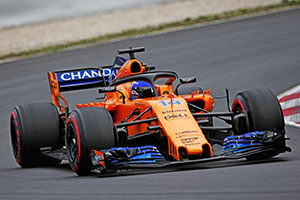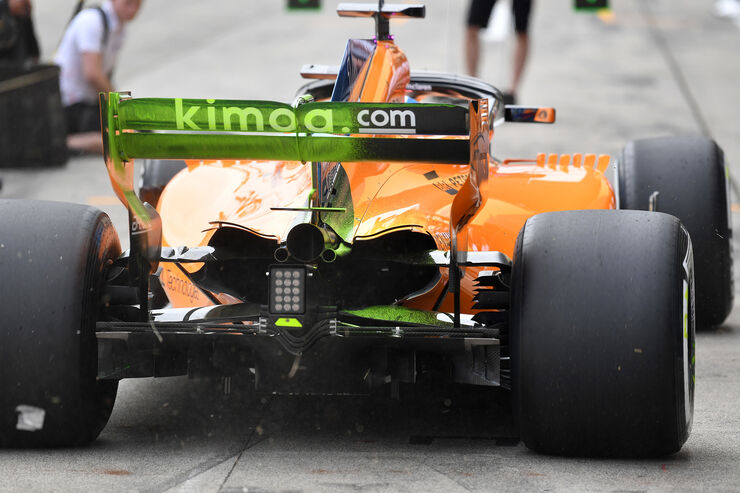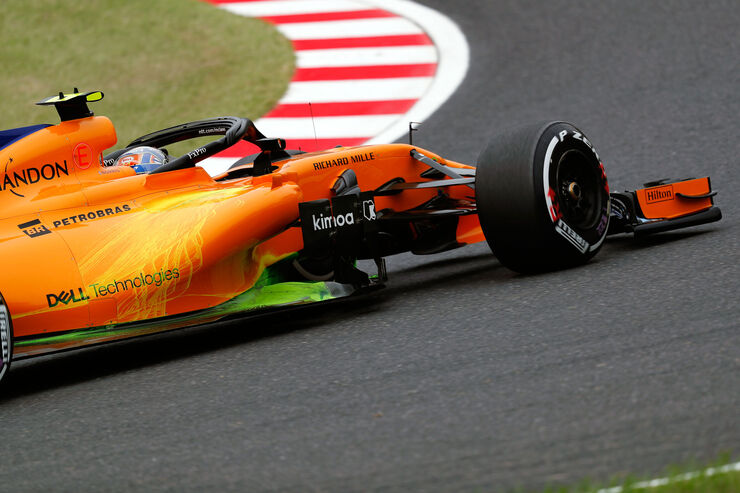M840TR wrote: ↑05 Oct 2018, 12:48
Jackles-UK wrote: ↑05 Oct 2018, 02:47
Do we know the Ferrari as a particularly low drag chassis? It’s fast, sure, but that’s surely more to do with the best PU & deployment on the grid rather than the chassis.
Wouldn’t it make sense that the more elements and places the air is deflected/forced into vortices, the higher the drag will be? Maybe that is why the Mclaren is is more simple in this area (to avoid any further drag even at the cost of a small down force gain) but I don’t think the barge boards area is the main cause of the drag in itself.
Definitely time to be gained from exploring those avenues for 2019 though.
Yes we do. The data proves it. They increased the wheelbase to second longest on the grid for this exact reason. The shorter the turning radius, higher the drag.
Drag is a consequence of downforce but tyre wake management is important. Otherwise you'll have diffuser stall.
The Mcl33 has a lot of draggy bits that add up. Like the biggest brake ducts, shortest bargeboards, high DF rear wing etc etc.
Not sure how turning radius ties in to things .... I can see that with a longer wheelbase the curved angle(radius) of the bargeboard is larger. If you look straight down at the chassis from above, the bardgeboard forms a curved shape. The longer the wheelbase a more gradual curve or equivalent to less angle of a wing that bargeboard can be.
That being said McLaren have a longer wheel base than RBR. These are the 2017 numbers (I doudt McLaren have had time to change).
https://www.formula1.com/en/latest/arti ... OKISe.html
These are 2018 number for the top teams ...F1 Contradicts themselves on RBR as it really hasn't changed from 2017 if you believe the previous url....
https://www.motorsport.com/ca/f1/news/r ... e/3174239/
So wheelbase is one way of doing things. Obviously RBR have found another way. Longer wheelbase comes at a cost of more weight and larger turning radius which cause Merc issues at Monaco.







